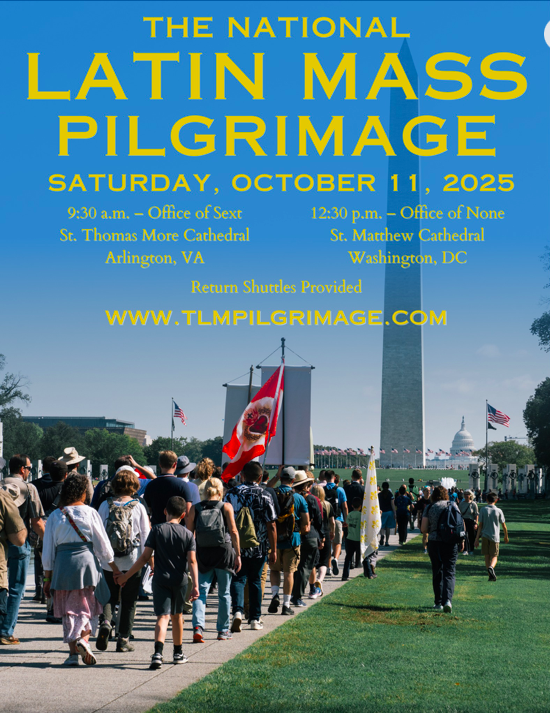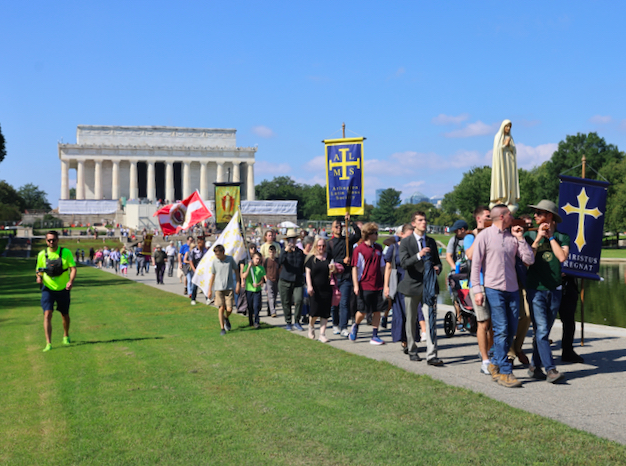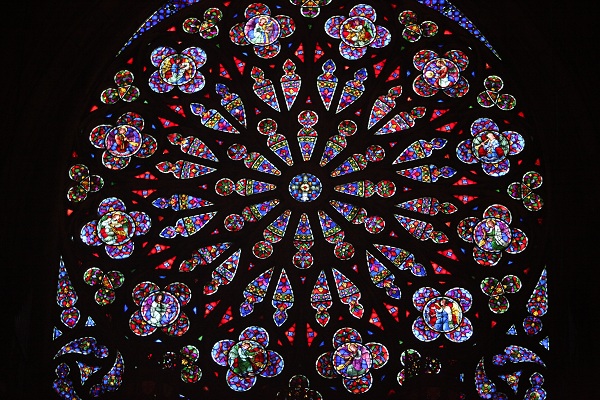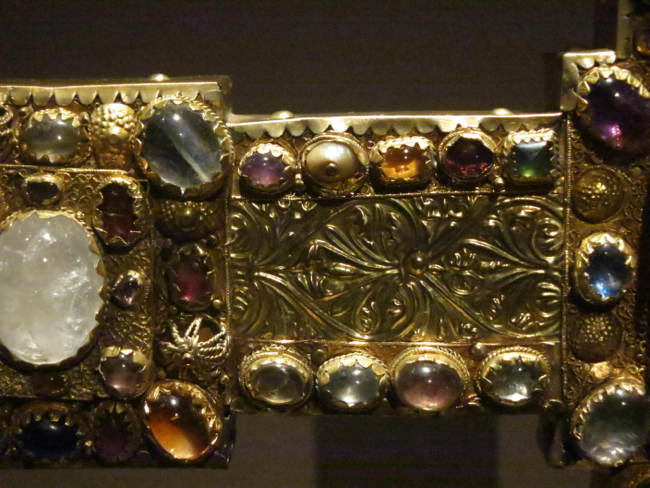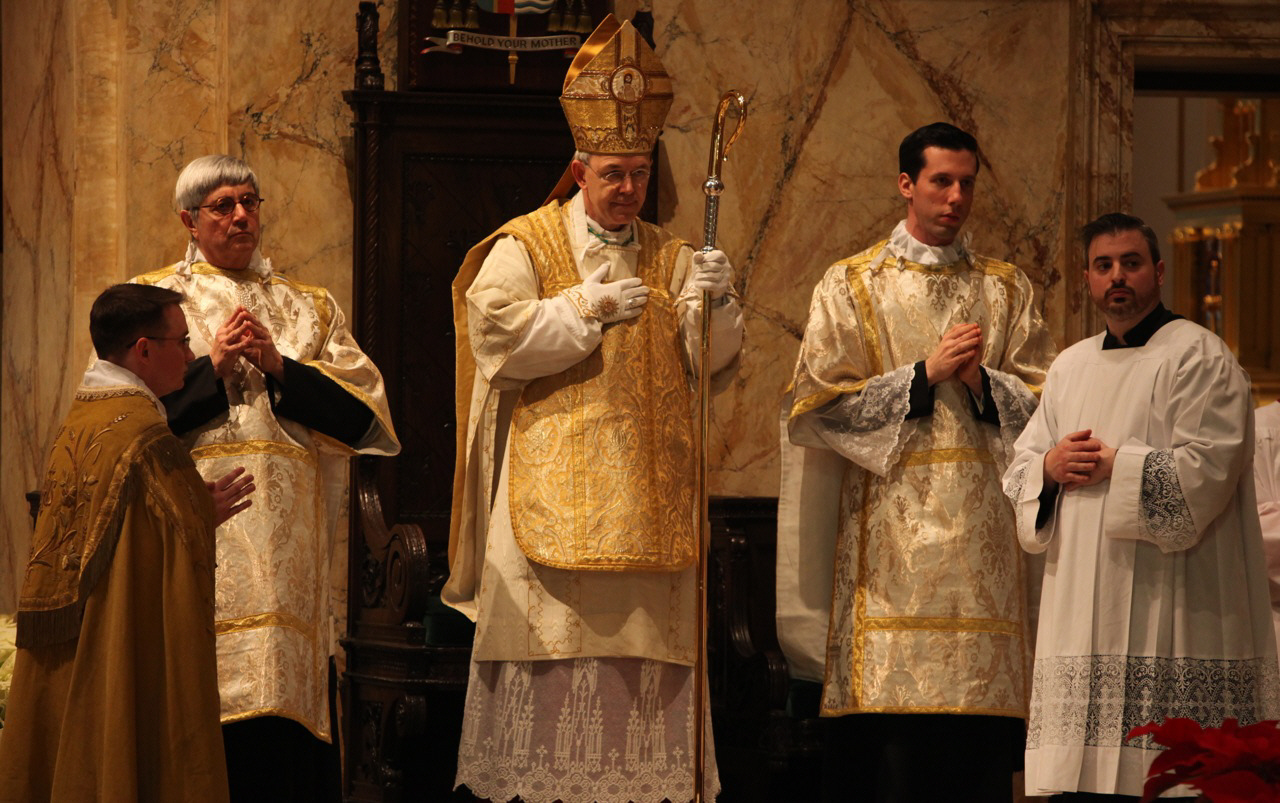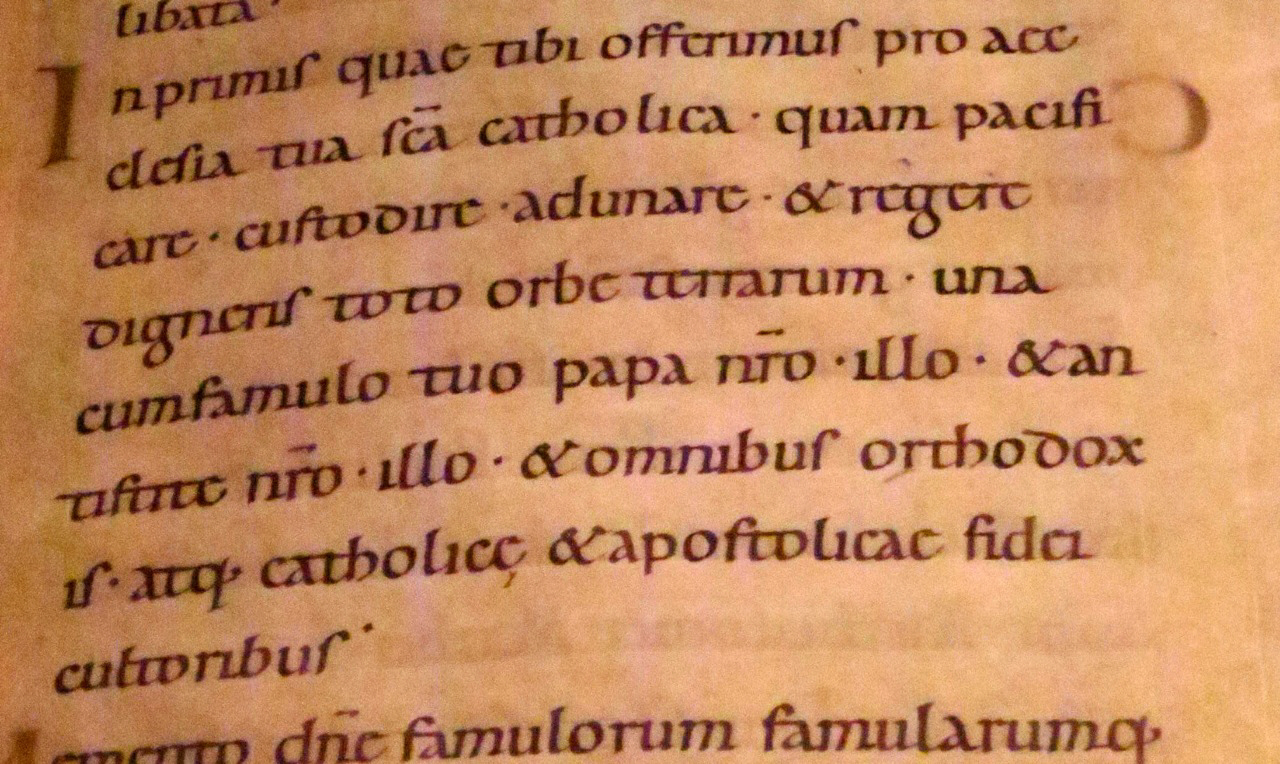SAVE THE DATE for the National Latin Mass Pilgrimage 2025 – Saturday, October 11
Join us in prayer for the restoration of the Traditional Latin Mass to its former liberty, on this pilgrimage between the Catholic cathedrals of Arlington, VA, and Washington, DC.
Full details at https://tlmpilgrimage.com
